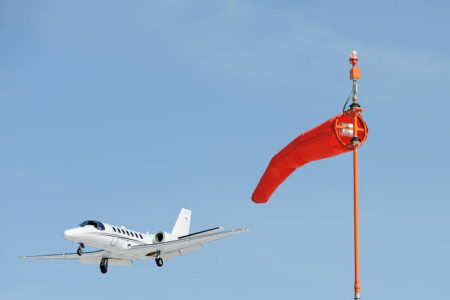Poor Crew Resource Management May Have Been a Factor in Accident
Accidents caused by failures in crew resource management (CRM) continue to occur. Investigators often attribute these accidents to factors like crosswinds or wet runways, but the truth is, when pilots work together effectively, the safety of the flight is significantly improved.
Creating a non-hostile environment where both crew members feel comfortable voicing their concerns can greatly reduce the frequency of accidents and incidents. Sometimes, a simple exchange of information between the non-flying pilot and the flying pilot can prevent a disaster. However, remaining silent and allowing unsafe conditions to persist can have disastrous consequences.
A recent example of this is the landing incident at London Stansted Airport involving a Bombardier Challenger 604. The crew, who had been awake for 17 hours, had a strained relationship, which likely hindered effective communication. As a result, the aircraft was flown too slow, leading to a loss of control during landing and significant damage.
Fortunately, during the chaotic experience of a go-around with activated stick pusher, the crew managed to land safely at Gatwick Airport. The incident highlights the need for better CRM and the importance of effective communication.
Why Crew Resource Management Matters
- Safety: The primary reason for following good crew resource management (CRM) protocol is to ensure the safety of everyone on board. Effective CRM reduces the risk of human error, which is a major cause of aviation accidents.
- Teamwork: CRM fosters effective communication and teamwork among the crew members. This is crucial in maintaining operational efficiency and dealing with unexpected situations.
- Decision Making: Following CRM protocols helps in better decision making. It encourages pilots to gather information, consider options, and make informed decisions.
- Stress Management: CRM techniques help pilots manage stress and workload during flight, which can be critical in high-pressure situations.
- Conflict Resolution: CRM protocols provide guidelines for resolving conflicts within the crew, ensuring smooth functioning of operations.
- Error Management: CRM allows for better detection and correction of errors. It promotes an environment where crew members can point out each other’s mistakes without fear of retribution.
- Situational Awareness: CRM enhances situational awareness by promoting open communication and information sharing among crew members.
- Standardization: CRM protocols standardize behavior and responses, reducing variability and improving predictability in operations.
- Efficiency: Good CRM improves the efficiency of operations by optimizing resource use, reducing unnecessary work, and preventing miscommunication.
- Regulatory Compliance: Following CRM protocols is also a regulatory requirement in many countries, non-compliance of which can lead to penalties or suspension of license.
Although we may never know the exact details of what transpired in the cockpit of the recent Bombardier accident, improved CRM may have prevented it. CRM isn’t just about following procedures; it’s about creating a culture of safety, respect, and professionalism in the cockpit.
RELATED READING
RELATED CTS TRAINING










